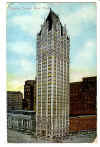
|
New York
Architecture Images-New York Architects Cobb, Henry Ives |
| LIBERTY TOWER | |
| (b Brookline, MA, 19 Aug 1859; d New York, 27 March 1931). American architect. He spent one year at the Massachusetts Institute of Technology before enrolling in the Lawrence Scientific School of Harvard University, Cambridge, MA, in 1877. He studied there until 1880 and was awarded a degree in 1881. Cobb worked first for the Boston architectural firm of Peabody & Stearns. Having won the competition of 1881 to design a building for the Union Club in Chicago, Cobb moved to the city in 1882 and began an association with Charles Sumner Frost (1856–1931), who had also worked for Peabody & Stearns. Cobb & Frost’s most notable early commission, a castellated Gothic mansion (1882–3; destr. 1950) for Potter Palmer, led to a number of sizeable residential jobs in Chicago. Cobb’s popularity rested on his willingness to ‘work in styles’, as Montgomery Schuyler observed. The Shingle style was used in the Presbyterian Church (1886), Lake Forest, IL, while Romanesque Revival was favoured for the Dearborn Observatory (1888–9), Northwestern University, Evanston, IL, and the Chicago and Alton Railway Station (1885), Dwight, IL. The two major commercial buildings designed by the partnership are the Opera House (1884–5; destr.), which incorporated offices to support the theatre, and the Owings Buildings (1888; destr.), both Chicago. | |
Henry Ives Cobb, born in Brookline, Massachusetts in 1859, was descended
from old New England families. He studied at the Massachusetts Institute
of Technology and graduated from Harvard University as an engineer, also
completing a special architecture course with William L. Ware. After his
graduation in 1880, he made the Grand Tour of Europe, then began his
architectural career at Peabody and Stearns, a prominent Boston firm. In 1881, Cobb won a commission for a new clubhouse for the Union Club in Chicago. His brother, already established in Chicago and an officer of the exclusive Union Club, may have helped young Cobb get the commission. Cobb came to Chicago to supervise the construction, established his office, married well, and began a career dazzling in its speedy success. In the next fifteen years he received a significant number of commissions for important public buildings, major residences, commercial buildings, plus the Fisheries Building, one of the ten principal buildings at the World's Columbian Exposition. He did work for some of the most important institutions in the region: The University of Chicago, the Newberry Library, the Chicago Historical Society, and Lake Forest College. He also designed churches, two observatories, two major clubs, and an apartment building. His largest commission, and most controversial, was the Chicago post office and federal building, completed in 1905. 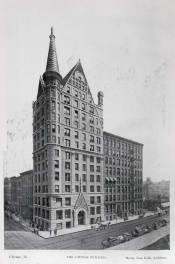
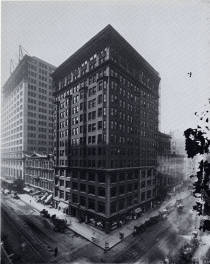 Shortly after he arrived in Chicago in 1882, Cobb persuaded Charles Sumner Frost, a fellow architect from Peabody and Stearns, to join him in forming the partnership Cobb and Frost. According to contemporary evidence, Frost was the engineer and supervisor of construction. Cobb was customarily described as the principal designer for Cobb and Frost, and he bore final responsibility for all the work that left his office, even during his early partnership with Frost. 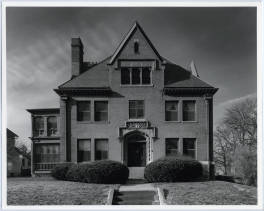 Cobb was also the principal salesman. His efforts to secure work, first for the firm and later for himself, met with great success. He was enormously productive, both in getting commissions and in executing them. Although the execution was often late, he withstood clients' reproofs with composure and his career seems not to have suffered in the least. In what little survives of his correspondence, there is evidence of a gentlemanly self-assurance, an air of self-confidence in his education, social position and abilities. 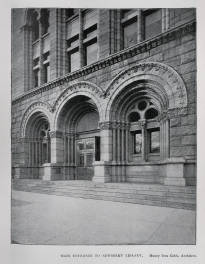 The partnership with Frost was dissolved at the end of 1888 so that Cobb could devote all his time to the Newberry Library commission. In the years after 1888 Cobb received most of his largest or most significant commissions. His office at its height in 1892 employed 130 people, the largest in Chicago at the time. Through the financial panic of 1893 and the ensuing depression, his Chicago office continued to be busy. He relocated to New York City in 1902, where he died in 1931. Although his career on the East Coast was longer than his Chicago residency, he had fewer and less important commissions. 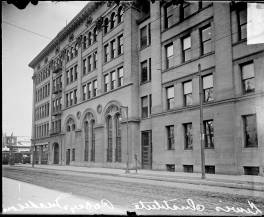 Source- http://www.artic.edu/research/henry-ives-cobb |
|